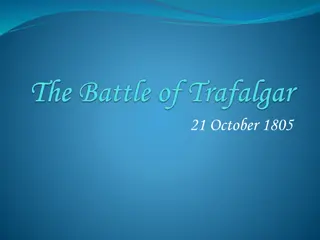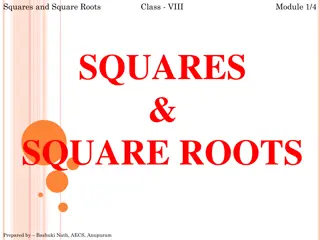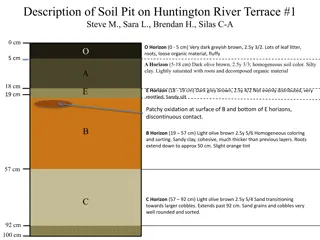Layers of History in Trafalgar Square and Victory Square
Trafalgar Square and Victory Square are rich with historical significance, serving as palimpsests of past events and rulers. From the iconic Nelson's Column to statues of naval leaders and revolutionaries, these squares bear witness to England's turbulent history, where each structure and statue tells a story of triumph and upheaval.
Download Presentation

Please find below an Image/Link to download the presentation.
The content on the website is provided AS IS for your information and personal use only. It may not be sold, licensed, or shared on other websites without obtaining consent from the author. Download presentation by click this link. If you encounter any issues during the download, it is possible that the publisher has removed the file from their server.
E N D
Presentation Transcript
palimpsest (40): noun: a manuscript or piece of writing material on which the original writing has been effaced to make room for later writing but of which traces remain figurative: something reused or altered but still bearing visible traces of its earlier form : Sutton Place is a palimpsest of the taste of successive owners. (Webster)
Trafalgar Square: National Portrait Gallery, Church of St. Martin- in-the-Fields, statue of King Charles I, statue of Admiral Nelson
Trafalgar Square: National Portrait Gallery, Church of St. Martin- in-the-Fields, statue of King Charles I, statue of Admiral Nelson VICTORY SQUARE: Portrait Gallery; War Museum; statue of Oliver Cromwell; statue of Big Brother
Nelsons Column, with statue of Admiral Nelson, British naval leader who defeated Napoleon s forces in the Battle of Trafalgar in 1805.
Nelsons Column, with statue of Admiral Nelson, British naval leader who defeated Napoleon s forces in the Battle of Trafalgar in 1805. Column at the top of which Big Brother s statue gazed southward toward the skies where he had vanquished the Eurasian airplanes in the Battle of Airstrip One (114).
Statue of Charles I in Trafalgar Square, with Nelsons Column in the background. (King Charles I was overthrown and beheaded in the English Civil War, which was led by the revolutionary Oliver Cromwell.)
Statue of Charles I in Trafalgar Square, with Nelsons Column in the background. (King Charles I was overthrown and beheaded in the English Civil War, which was led by the revolutionary Oliver Cromwell.) Statue of Oliver Cromwell in Victory Square, with BB column in background.
Church of St.-Martin-in-the-Fields as seen from Trafalgar Square.
Church of St.-Martin-in-the-Fields as seen from Trafalgar Square. Museum (described on page 99) as seen from Victory Square.























